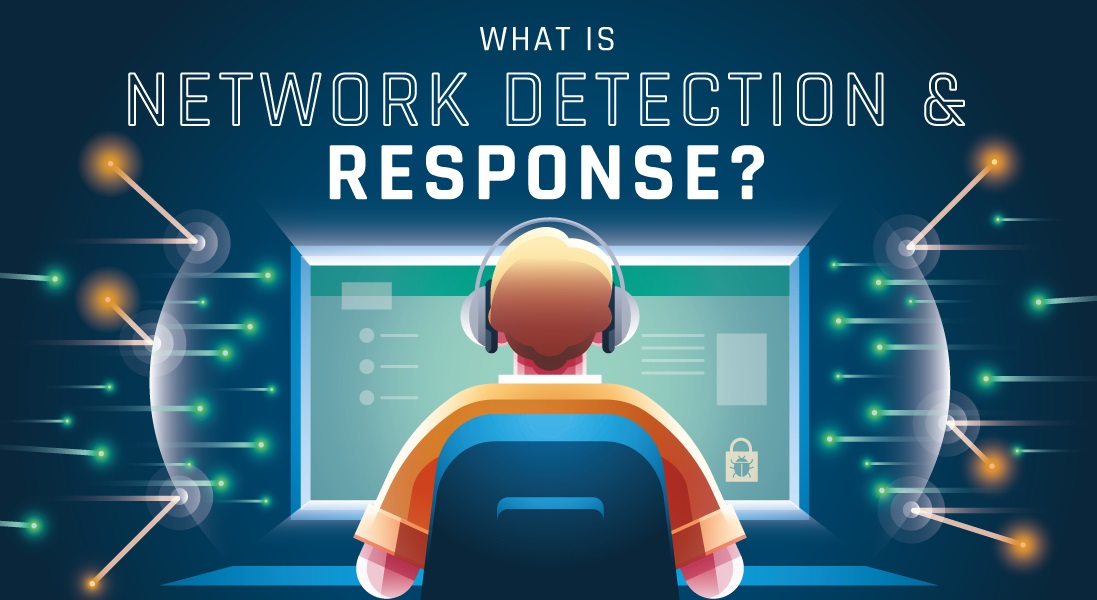Cyberattack potential is expanding as the digital world expands and changes. The “pandemic era” of 2020–2021 saw a 150% spike in ransomware assaults. A total of 236.1 million ransomware assaults have been recorded in only the first half of 2022. The more frequent cyberattack is ransomware, which captures and holds crucial data from a business and only releases it once the attacker receives a predetermined sum of money. The failure of conventional security methods is a significant contributing element to the increase in these assaults.
Basic Cyber Security Will No Longer Cut It
Their inability to adapt to recognize newer and more sophisticated dangers is the only factor contributing to their collapse. Current security methods can discover a breach in 287 days on average. This gives the breach more than enough time to succeed several times. The “dwell time” between “stealth” assaults and intrusions grew by 36% in 2022, providing a slim window for detection and interruption of incursions. Another important thing to keep in mind is that modern cybercriminals are trying to hide their trails by erasing their logs so they can’t be found. A fresh strategy must be implemented for safeguarding the online environment. However, it’s crucial to pinpoint the danger to network security, which has been nicknamed “dark space.”
Dark space can be described as any network infrastructure that is not listed in the “golden store” of configuration data. Firewalls, routers, proxies, load balancers, endpoints, and hosts are all part of this data. More startling perhaps is the fact that 70% of networks are dark space. Encryption was traditionally used to hide sensitive data and make data theft more difficult. Nowadays, cybercriminals hide their operations by employing technology that is encrypted. In actuality, 91.5% of malware transits across encrypted networks.
How Confident are IT Experts in Identifying Encrypted Cyberattacks?
59% of them admitted that they are unaware of all device-to-device communications on their network. They also stated that they lack the instruments necessary to identify, intercept, and assess threats, which makes them uneasy handling encrypted communications. Unfortunately, they are not alone in feeling this way since 79% of businesses have trouble finding dangers concealed in encrypted data. They don’t feel certain that they fully comprehend how to identify and prevent digital assaults.
Network detection and response platforms (NDR) are the cybersecurity technology of the future. NDR identifies unusual network activity so that a tech team may respond to hidden hazards more quickly. Without decrypting anything, this software examines encrypted traffic to find malware during protected network connections. Additionally, it keeps an eye on how all network traffic moves and looks for external threats. Additionally, NDR can link any malicious activity to a specific IP address, making it possible to find attackers even if they erase the logs. Finally, NDR offers immediate notifications to speed up event reaction times.
In Conclusion
However, this is merely basic NDR. An NDR platform that will be supported by AI will be in the works to navigate dark space with greater intelligence and adaptability. Dubbed “ThreatEye,” makes use of the NDR platform to create a fingerprint of all asset and behavior patterns and keeps an eye out for unusual activity.

Source: Live Action




 WebProNews is an iEntry Publication
WebProNews is an iEntry Publication